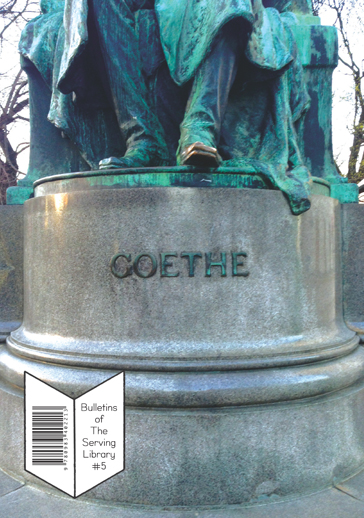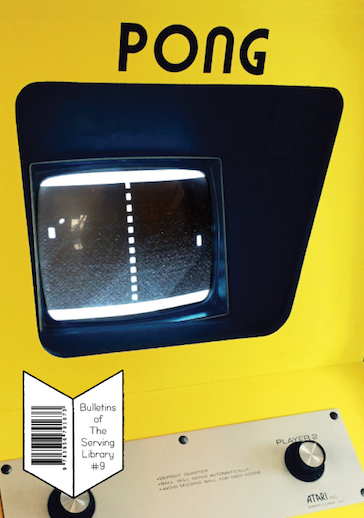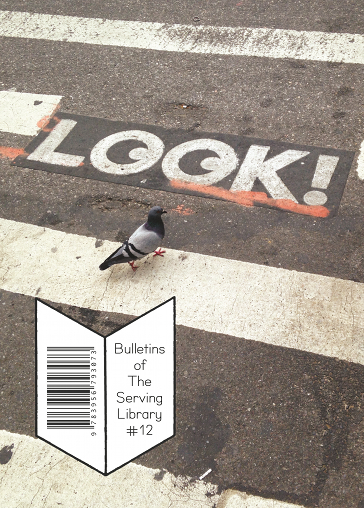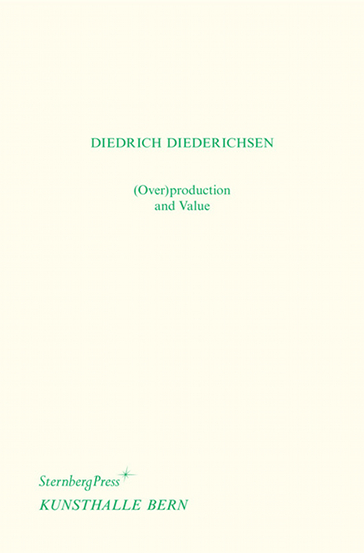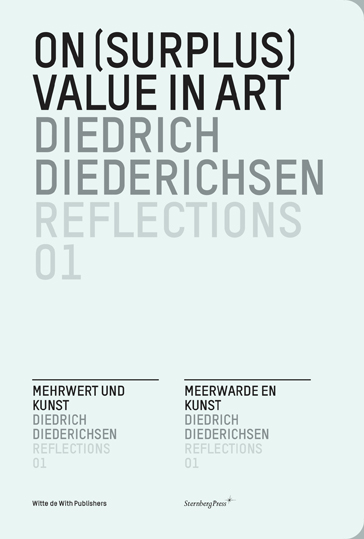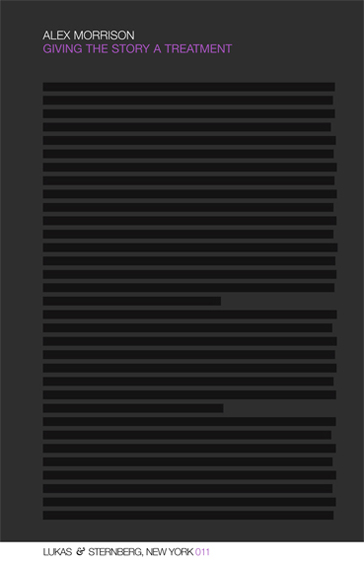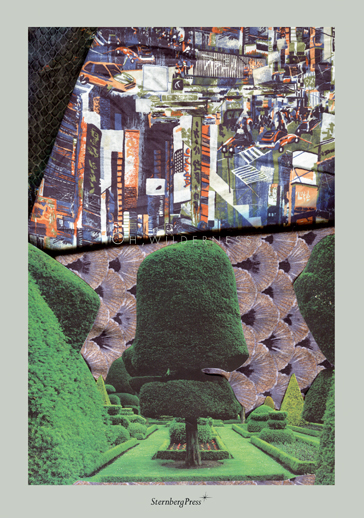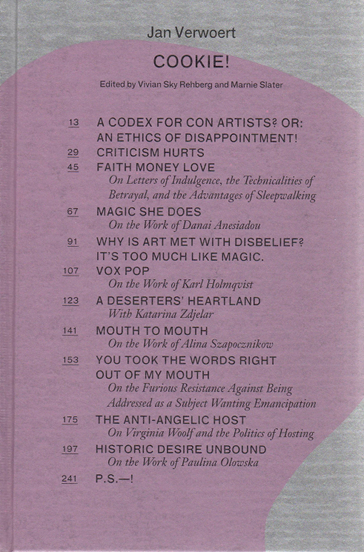Your cart is currently empty.
Cart
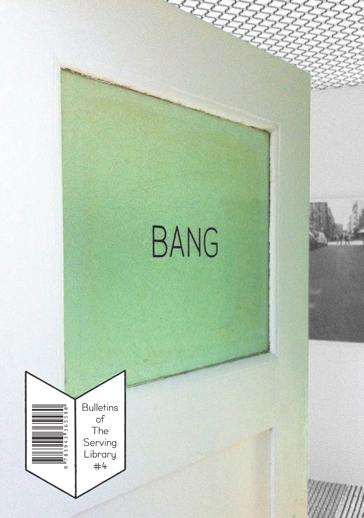
Bulletins of The Serving Library #4
Winter 2012
Contributions by Albert Angelo, Mark Beasley, Diedrich Diederichsen, Hollis Frampton, Rob Giampietro, Rhea Dall and Charlotte Johannesson, Lars Bang Larsen, Francis McKee, Dexter Bang Sinister, The Digital Theatre, Malcolm Mooney and Jan Verwoert
This bulletin annotates a projected wall text (shown on the cover) that introduced the research program “Dexter Bang Sinister” at Kunsthal Charlottenborg, Copenhagen. Devised by Stuart Bailey, Lars Bang Larsen, Angie Keefer, and David Reinfurt, the program, like this bulletin, was based on Larsen’s just-completed PhD dissertation at the University of Copenhagen, A History of Irritated Material: Psychedelic Concepts in Neo-Avantgarde Art. The idea was to contrive a popular version of his academic thesis by editing it psychedelically.
This might sound simple, or at least simple-minded, as a textual exercise in psychedelia’s familiar imperatives: Jimi Hendrix’s “Are you experienced?,” Ken Kesey’s “Did you pass the Acid Test?,” or Timothy Leary’s “Turn on, tune in, drop out.” But the irony of psychedelic essences and injunctions should be lost on no one. It’s the self-contradictory voice of the psychedelic police, and on this beat you’ll always find a policeman who enforces a multicolored patriarchal law: “LSD ID, please—we need to check how free you really are ...” This is hardly a new nor a very profound observation, just transgression’s age-old contradiction: the necessity of invoking the law in order to sin against it.
The real irony, though, is how the law returns to psychedelia in the form of categorical imperatives, platitudes, and pigeonholes. If we strip away the usual clichés of psychedelic representation—excess, overload, rainbows, tie-dye—what’s left? What’s worth keeping? What does a hollowed-out, desaturated, low-grade, root-level, emphatically black-and-white psychedelia look and feel like? The closer we looked, the more it became apparent that such austere gears had been the psychedelic movement’s means all along—and so black and white seemed an even more pertinent point of return from which to usefully depart once more. From this vantage, how might that look and feel be put to proper use—that’s to say, transformed—artistically and socially today? This brings us back to the immediate question: what could it mean to edit a thesis on psychedelia psychedelically, without recourse to drugs? How does the TRIP translate to METHOD?
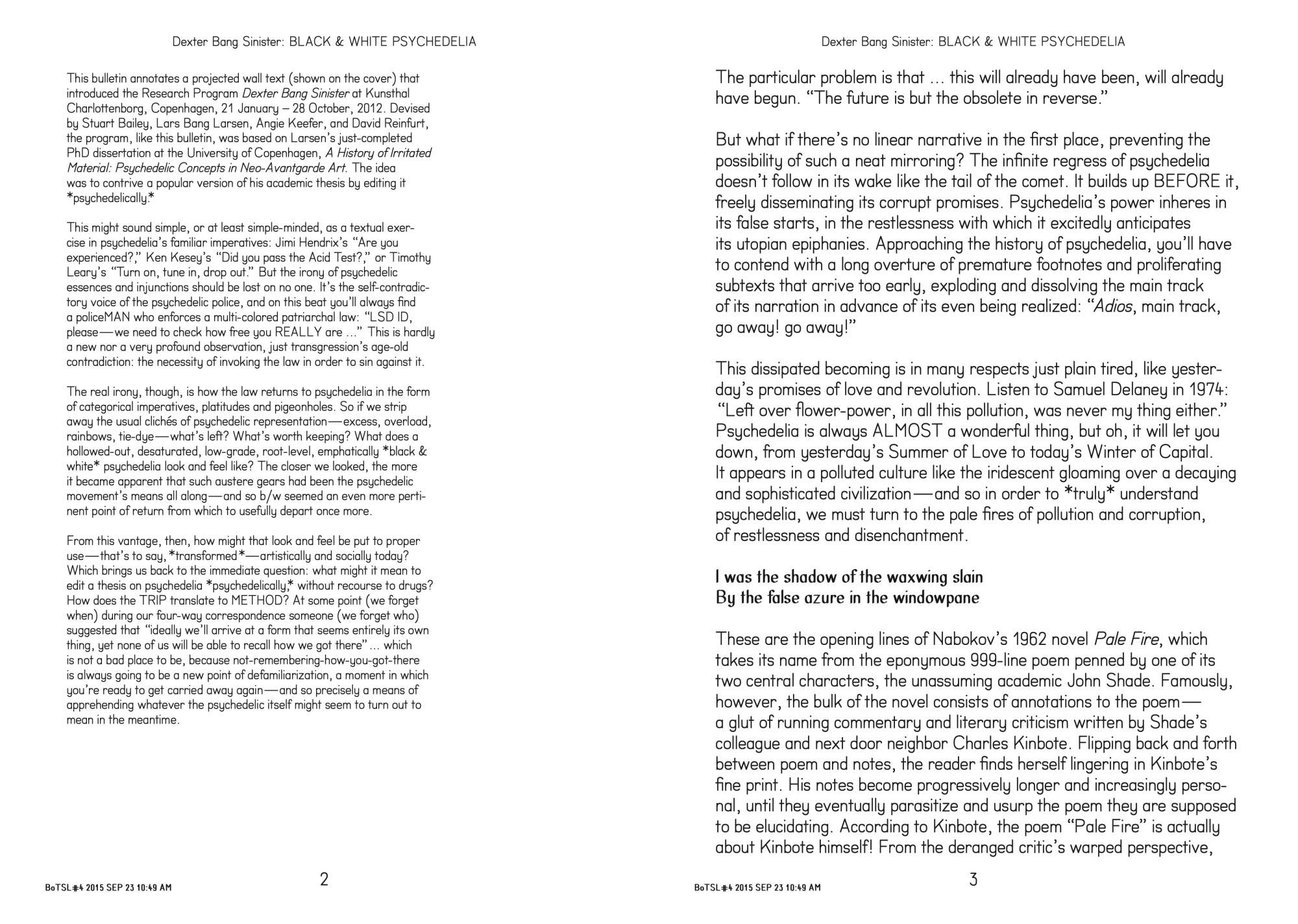
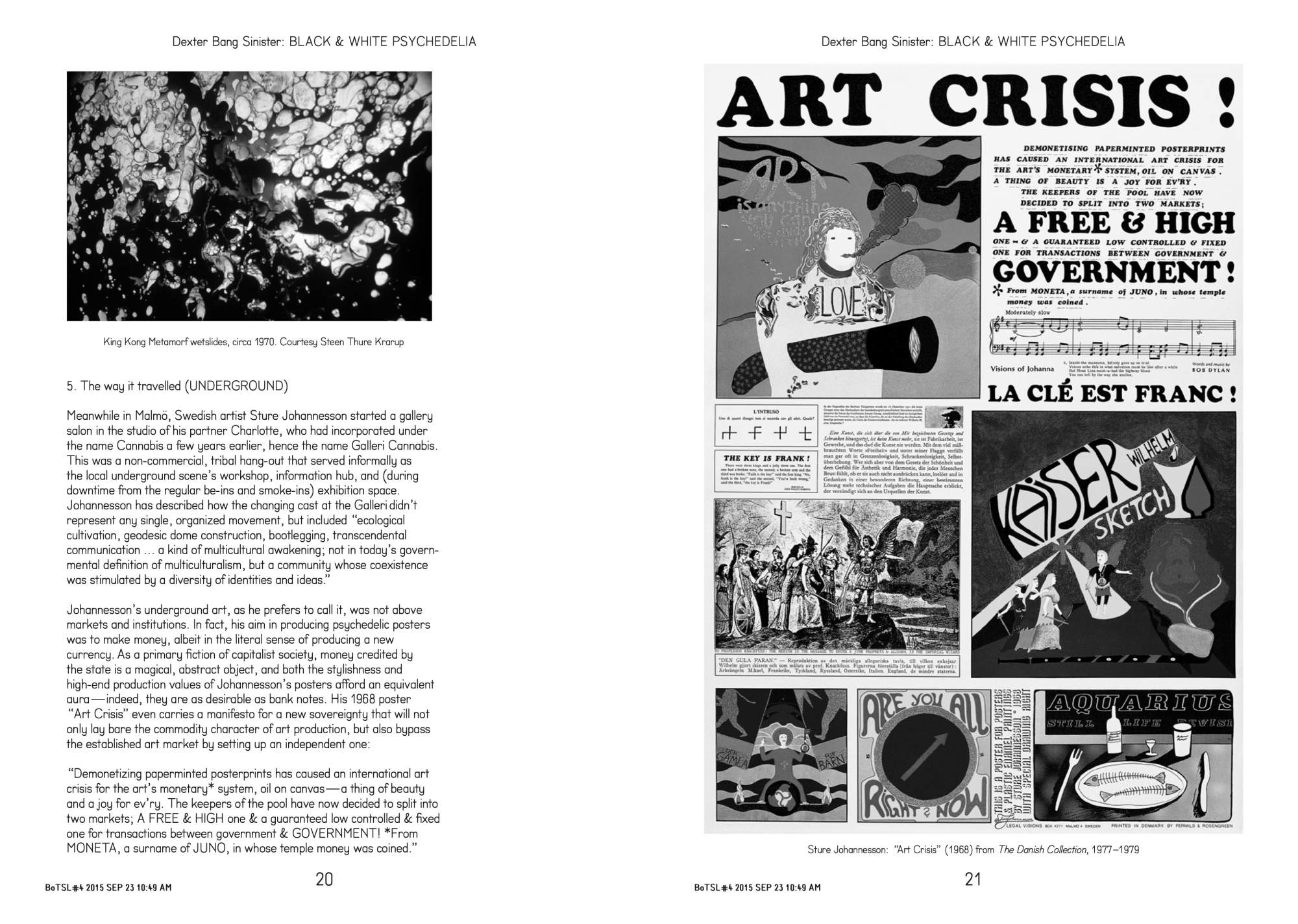
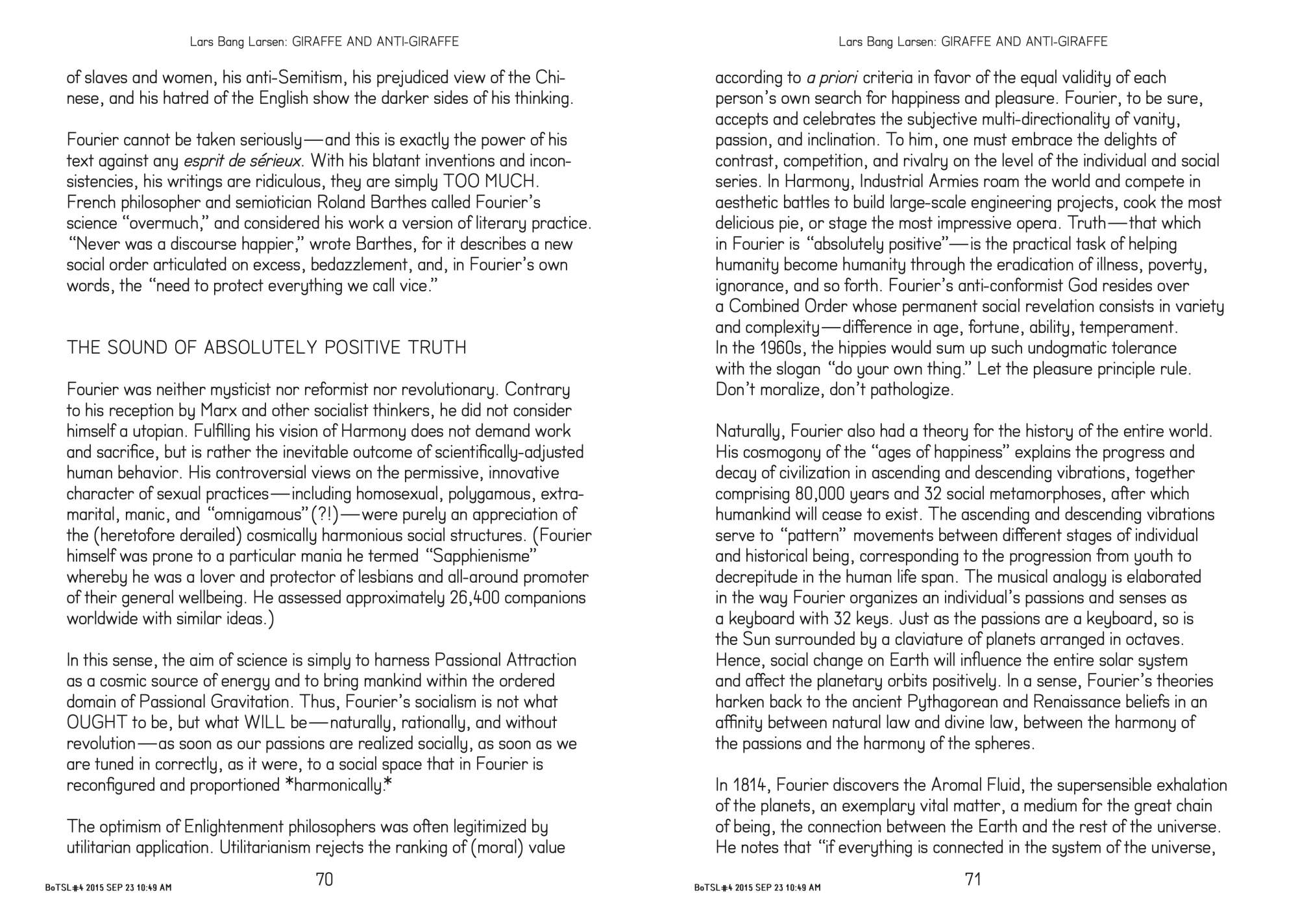
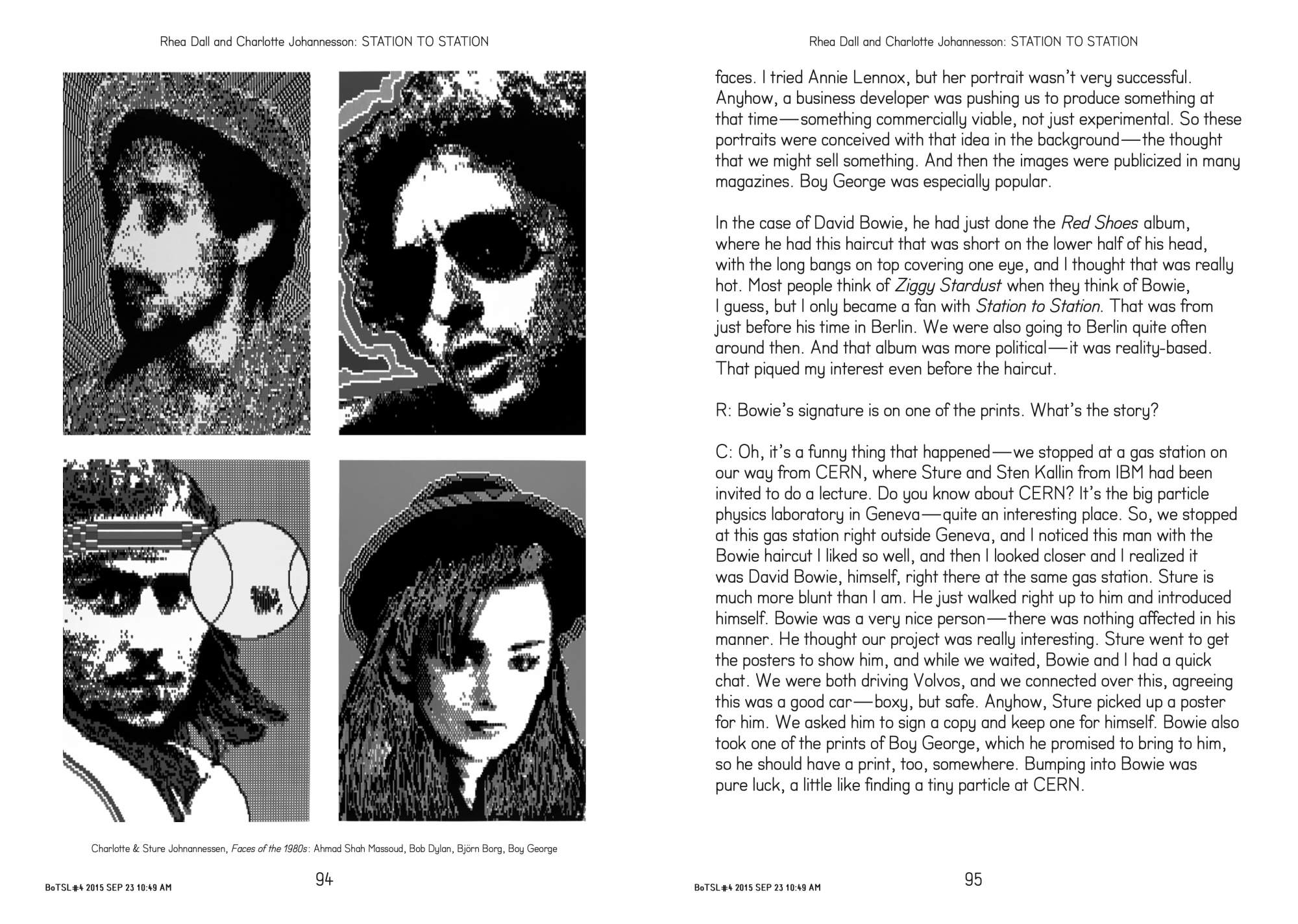
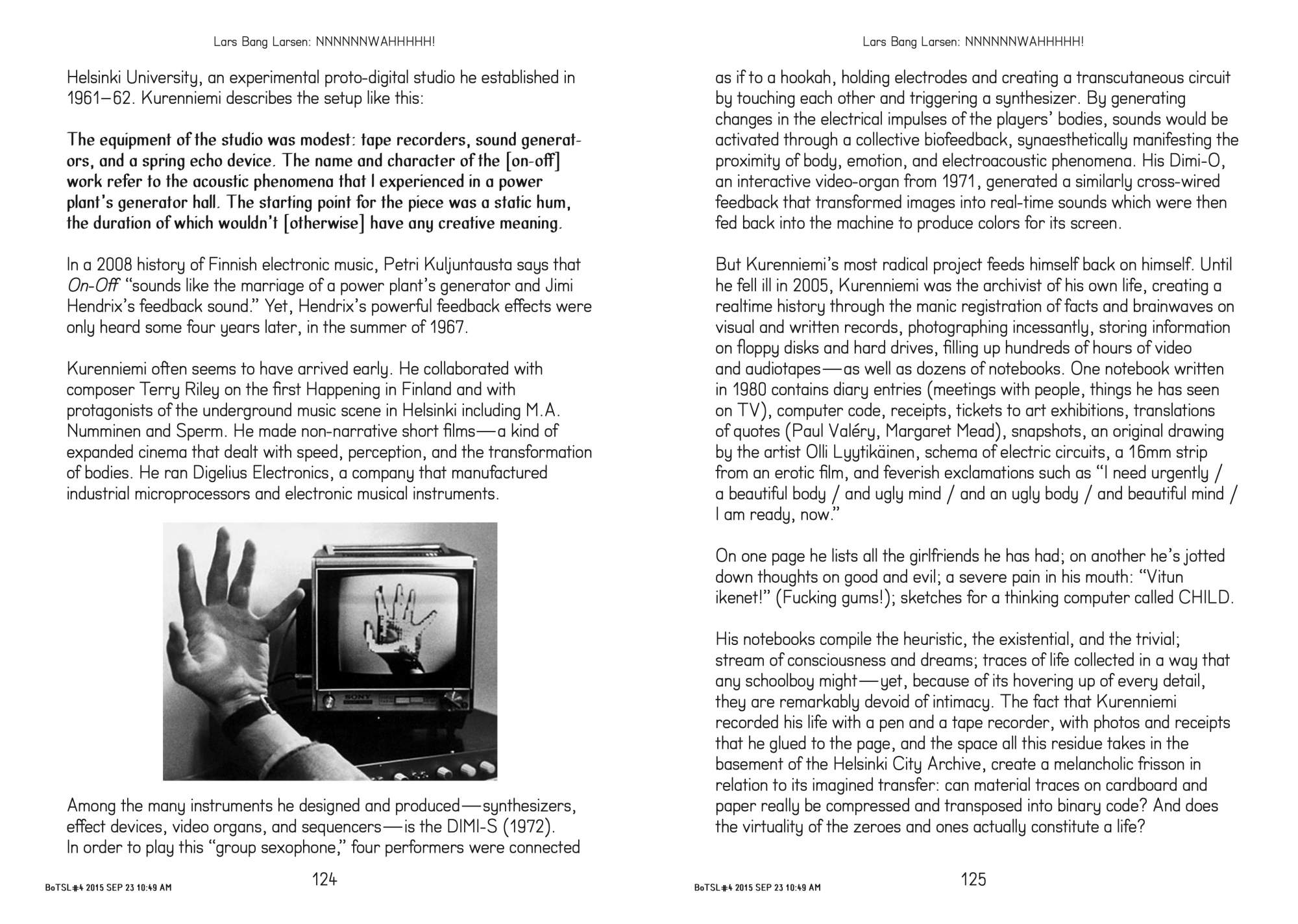
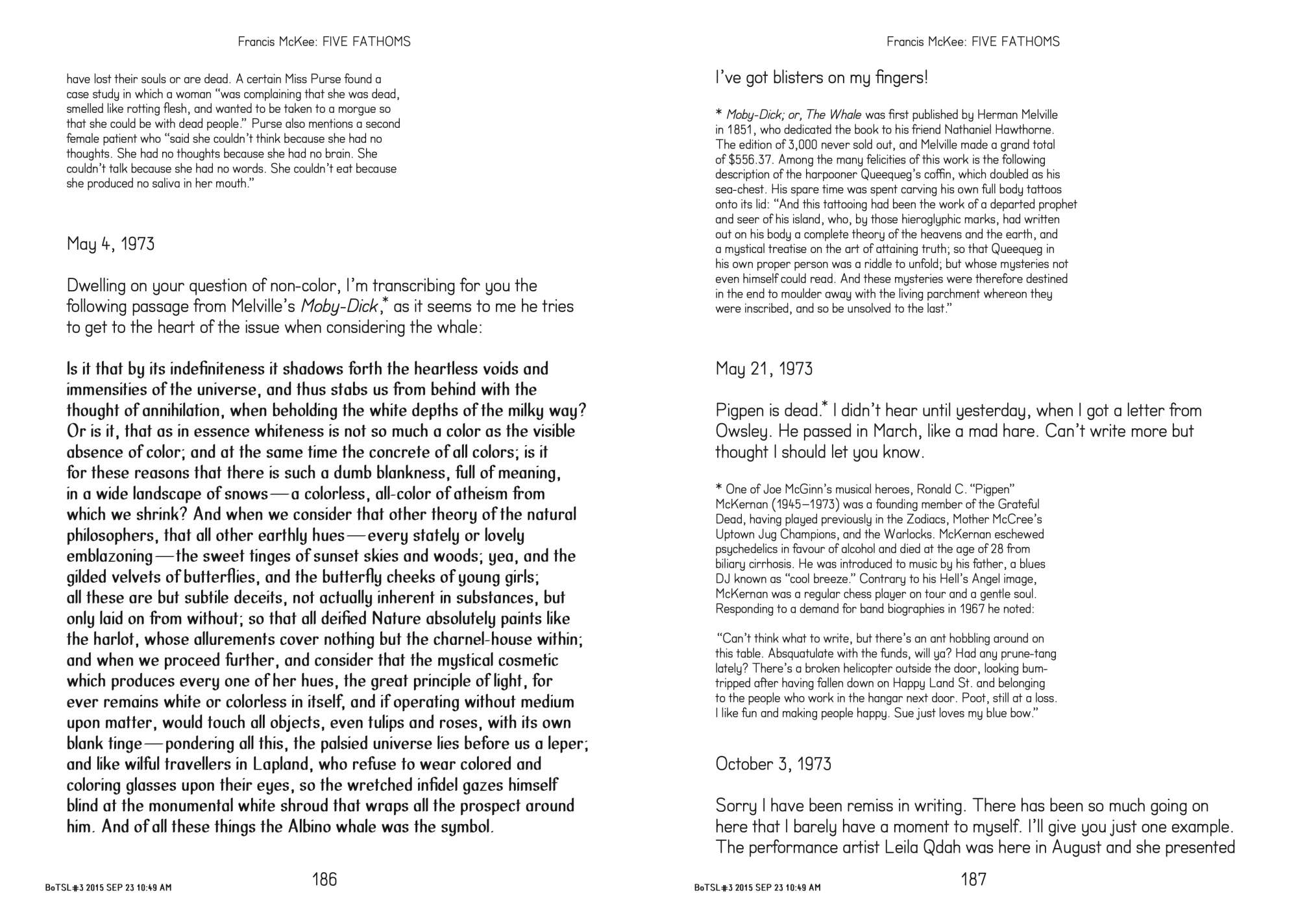
Softcover
€15.00
